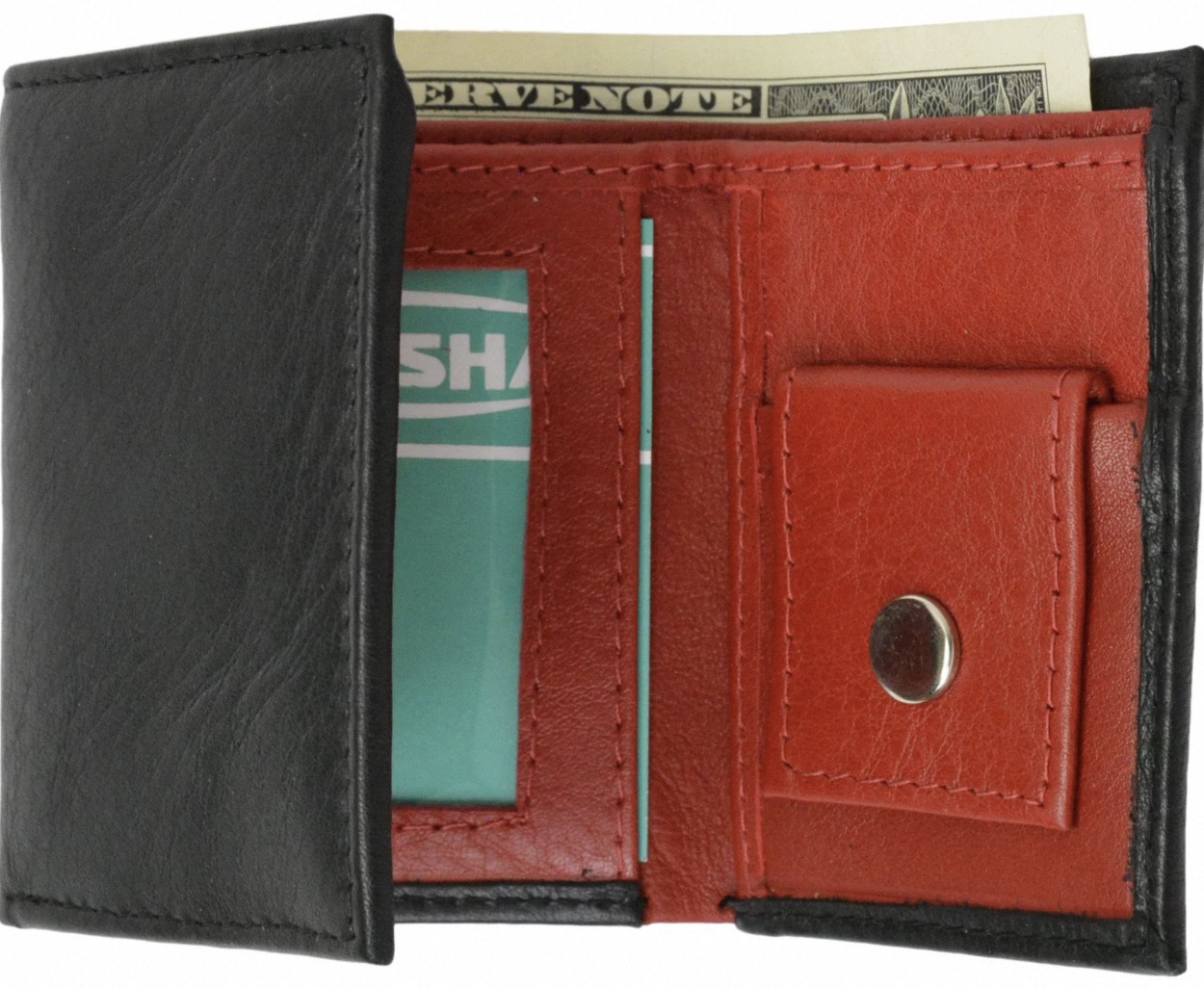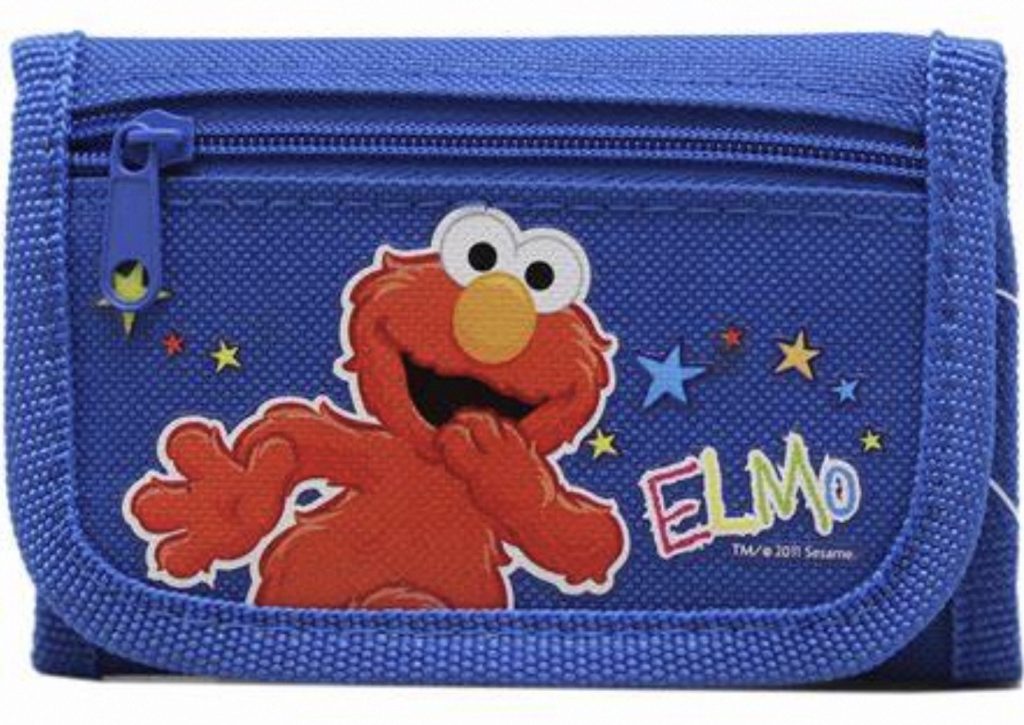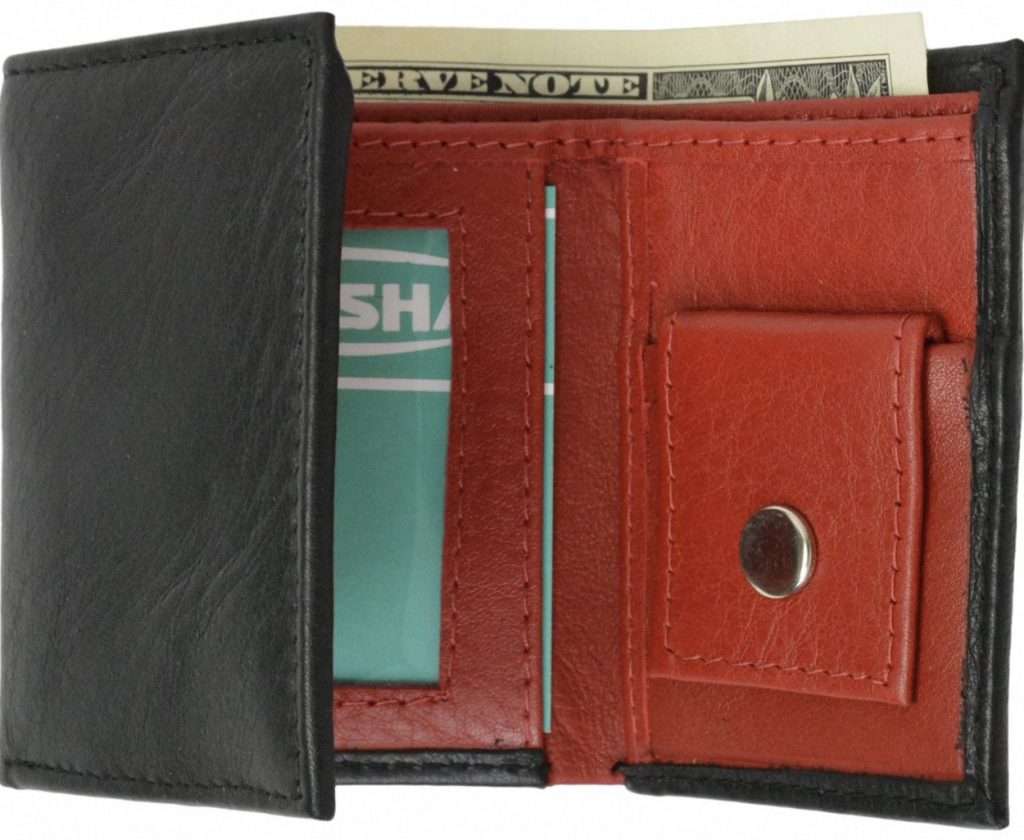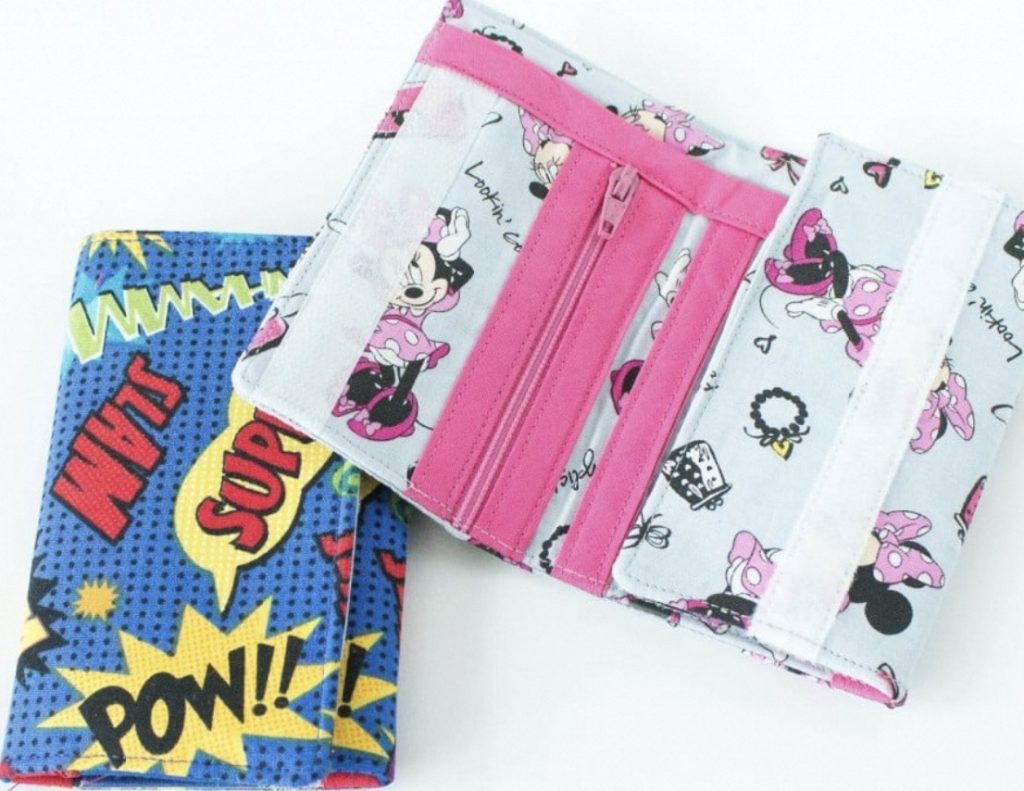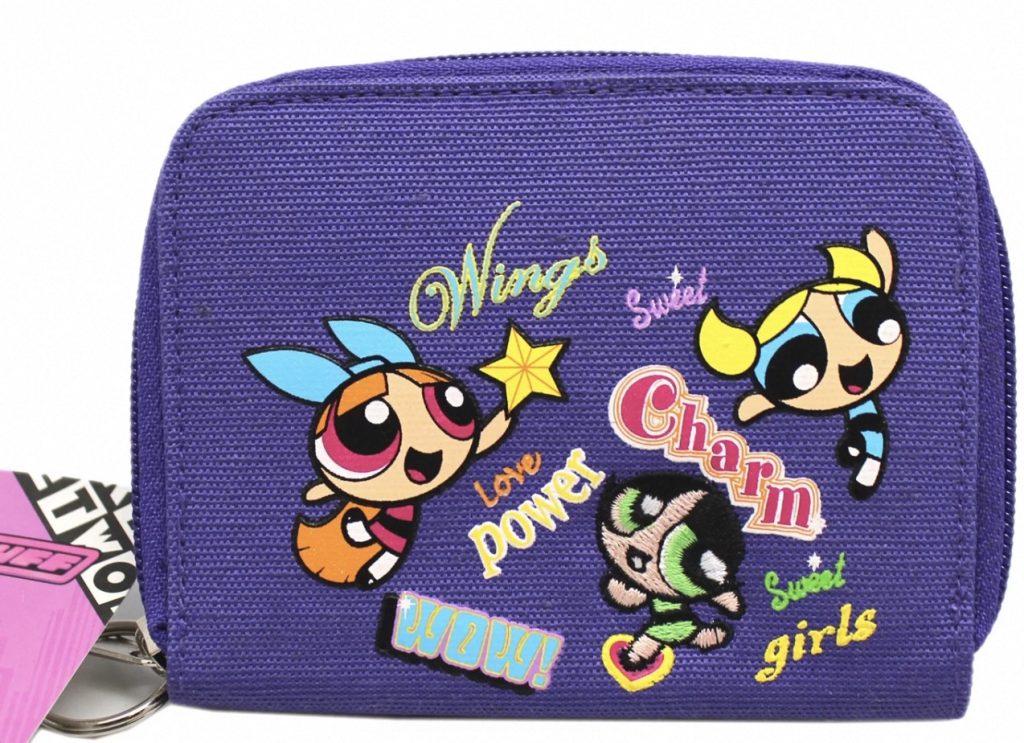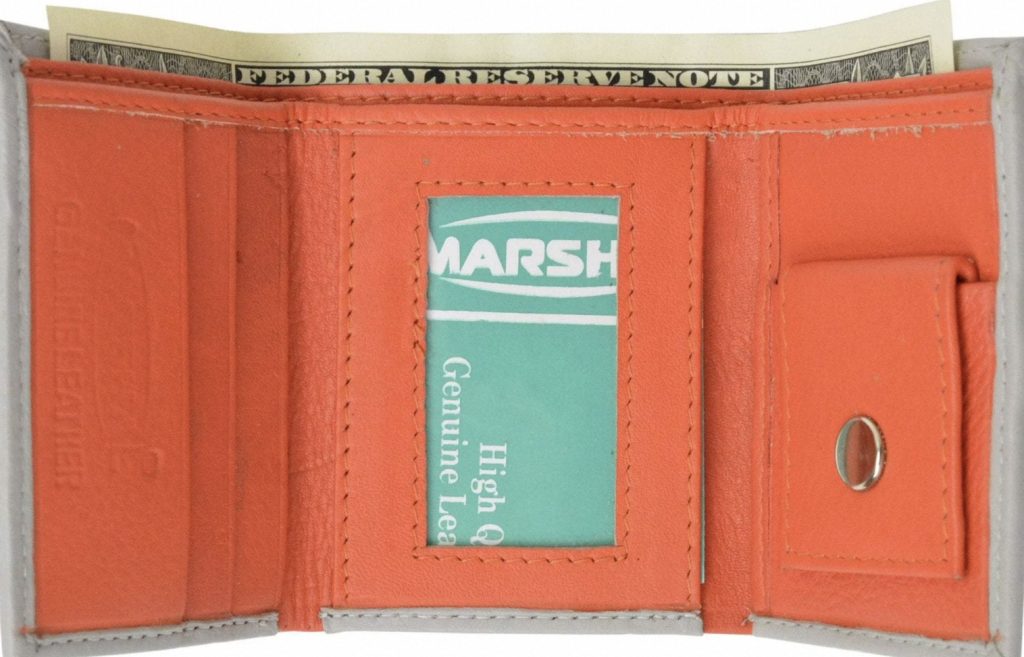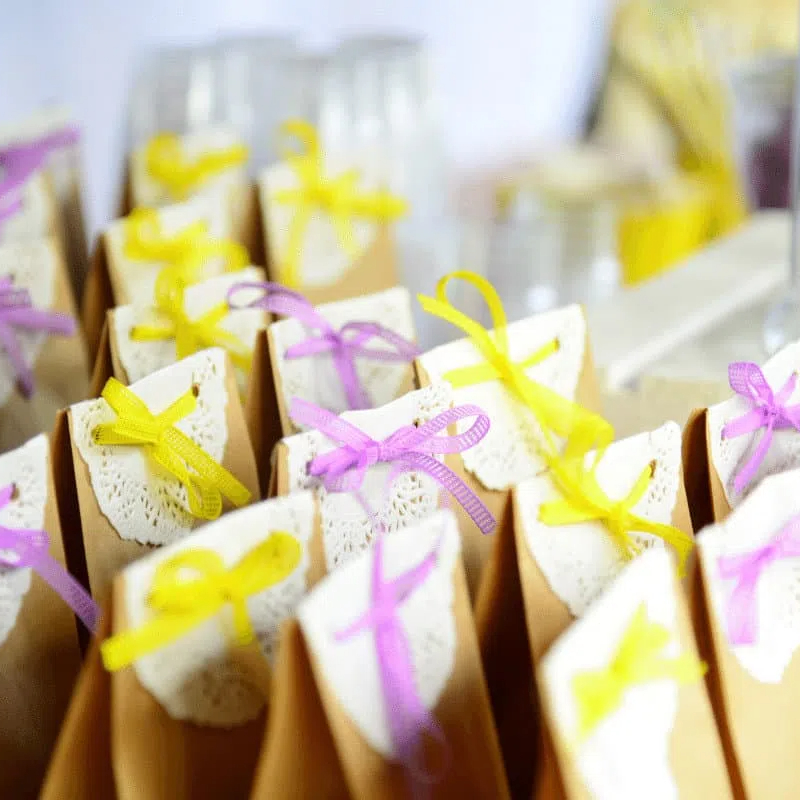
Organizing a child’s birthday party or any festive celebration often includes the creation of goodie bags. However, deciding what to put in kids goodie bags can be challenging. As a professional writer, my goal is to provide you with practical and creative ideas that will make your party bags a hit. Let’s explore a range of options that cater to different ages, interests, and themes.
What to Put in Kids Goodie Bags: Age-Appropriate Ideas
The contents of your goodie bags should reflect the age of the children receiving them. For toddlers and preschoolers, consider items like chunky crayons, stickers, or board books. These items are safe, fun, and can stimulate creativity and learning.
For slightly older children, between the ages of five and seven, items that encourage activity and play are ideal. Jump ropes, action figures, and puzzles make great additions. They provide entertainment and can help in developing motor skills and problem-solving abilities.
Kids who are eight to ten years old might enjoy more complex crafts, science experiment kits, or age-appropriate reading books. These goodie bag fillers can challenge their growing minds and keep them engaged for hours.
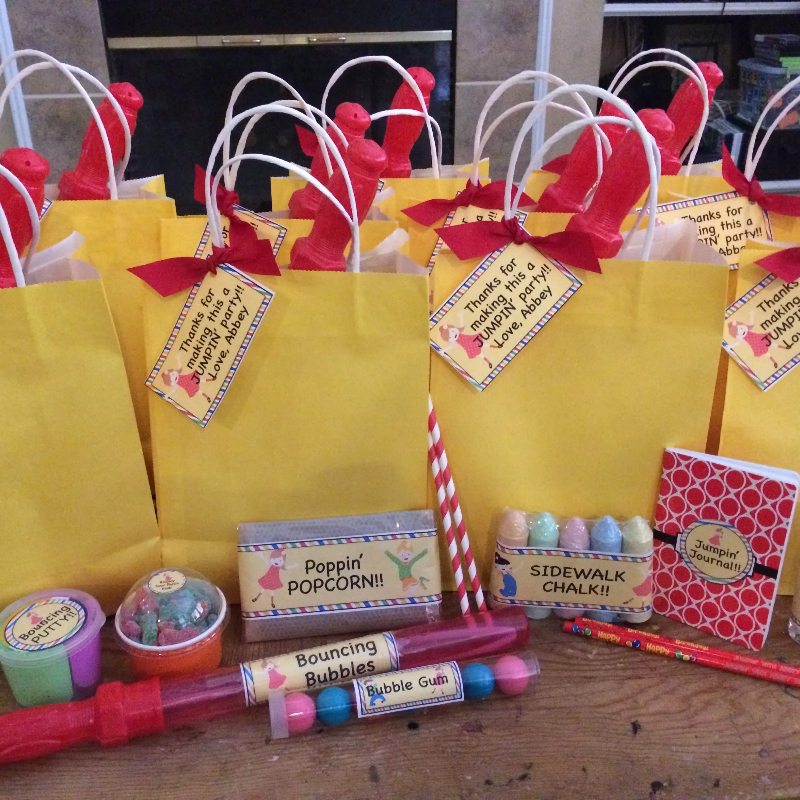
What to Put in Kids Goodie Bags: Go Beyond Toys
While toys are popular, they are not the only option. Educational supplies like fun-shaped erasers, pencil toppers, and notebooks encourage organization and creativity. Kids also love to receive colorful stationery they can use at school or for their own projects at home.
Art supplies are another avenue to explore. Non-toxic paints, brushes, and drawing pads can help spark artistic talent. For a unique twist, include materials for a small craft project they can create later, like make-your-own bracelets or decorate-your-own masks.
What to Put in Kids Goodie Bags: Snack Time Favorites
No goodie bag is complete without something to nibble on. However, it’s crucial to select snacks wisely. You should consider potential food allergies and opt for items with natural ingredients. Snack-size packets of pretzels, fruit chews, or animal crackers can often be both kid-friendly and parent-approved.
For a healthier alternative, individual packs of dried fruit or nuts (if allergies are not a concern) can be both tasty and nutritious. Alternatively, themed cookies that match the party’s motif can be a sweet touch.
What to Put in Kids Goodie Bags: Themed Surprises
Themed parties are an excellent opportunity to get creative with goodie bag contents. For a superhero party, include masks or temporary tattoos. A fairy tale-themed celebration might feature wands or tiaras. Matching the items to the theme not only amplifies the fun but also reinforces the collective experience of the party.
What to Put in Kids Goodie Bags: The Fun of DIY
Do-it-yourself items are a wonderful way to engage kids beyond the party. Small kits for building a wooden car or creating a piece of jewelry enable children to craft something of their own. Include instructions to ensure kids (and parents) know how to use the kits at home.
What to Put in Kids Goodie Bags: Personalized Touches
Adding a personalized item can make your goodie bags stand out. Customized items like a badge with the child’s name or a bookmark are tokens that kids will treasure. Personalization shows the effort and thought you’ve put into making the gift special.
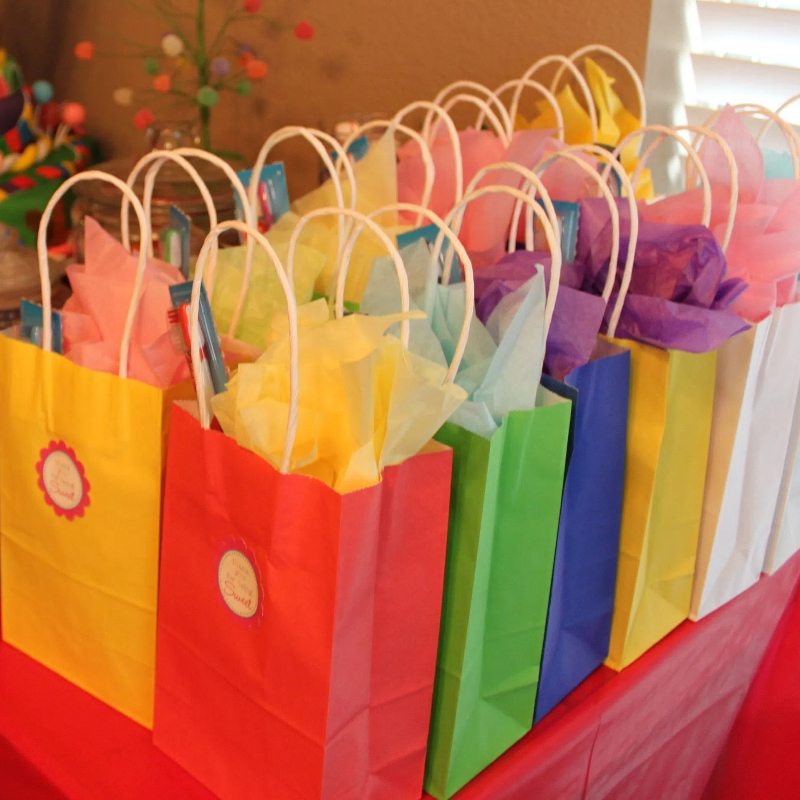
What to Put in Kids Goodie Bags: Focus on Fun
Sometimes simple, classic items are the most successful. Playdough, bubbles, and balloons offer universal appeal and provide guaranteed fun. Kids of all ages enjoy these playful items, and they are a safe bet if you don’t know the individual children’s preferences.
What to Put in Kids Goodie Bags: Keep it Safe and Sensible
Safety should be your top priority when choosing goodie bag items. Avoid small parts for younger children and always check the age recommendation on packaging. Additionally, keep the size of the goodie bags manageable for little hands, and avoid sharp objects or anything that could break easily and become hazardous.
What to Put in Kids Goodie Bags: Practical Yet Pleasing
Practical items don’t have to be boring. Water bottles, sunglasses, or hats can be both useful and stylish. These items are especially great for outdoor or summer parties and remind kids and parents that goodie bags can offer valuable items.
With increasing environmental awareness, choosing eco-friendly items for your goodie bags is not only thoughtful but also teaches kids about sustainability. Reusable straws, seed packets, or small plant pots encourage an eco-conscious mindset and can start a conversation about the environment.
What to Put in Kids Goodie Bags: Wrapping It Up
Presentation matters just as much as contents. Choose colorful bags or boxes to pique children’s interest. Tie them with ribbons or decorate them with stickers. A well-presented goodie bag heightens the anticipation and sets the stage for the delightful contents within.
What to Put in Kids Goodie Bags: Sensory Play for All Ages
Adding items that stimulate the senses provides a rounded and interactive experience. For touch, consider including a small fidget toy or stress ball that kids can squeeze and manipulate. And for sound, a mini kazoo or harmonica can bring a smile to their faces (and maybe a bit of noise to parents’ ears!). For sight, glow sticks or fun light-up items can create a visual spectacle that extends the party magic into the night.
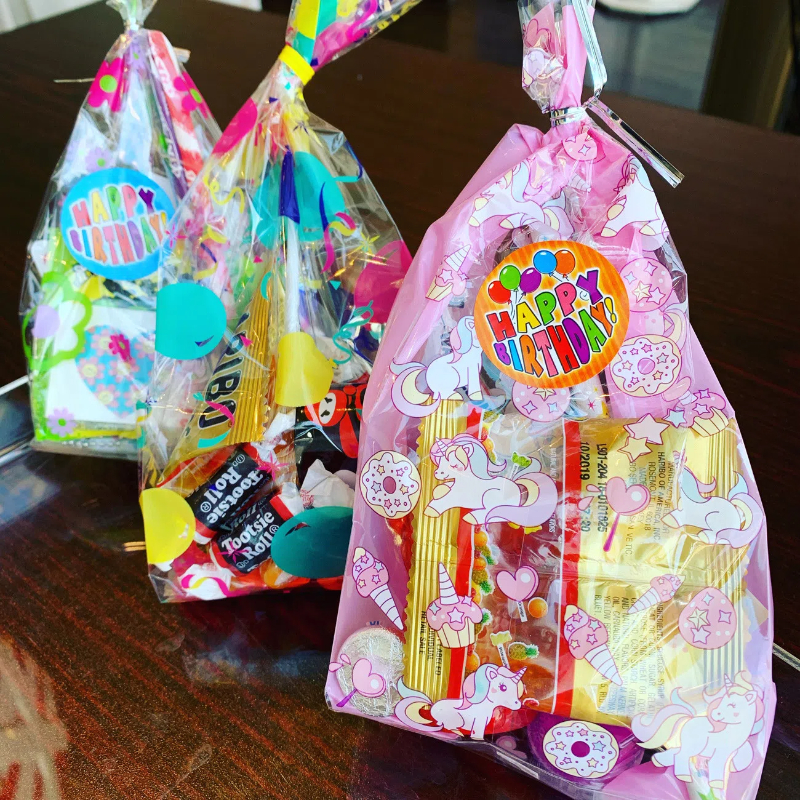
What to Put in Kids Goodie Bags: Seasonal Surprises
Think about the season when the party is taking place. Summer goodie bags can include sunglasses or small, safe SPF lotions, while winter bags might have hand warmers or a DIY hot chocolate mix. Spring celebrations could feature seedling starters or small gardening tools, and autumn parties could have mini pumpkins to decorate or leaf-shaped crayons for creative coloring activities.
In a digital age, even goodie bags can have a tech twist. For a cost-effective tech treat, consider adding a card with a QR code that links to an online game or a personalized thank-you video from the birthday child. You could also include a small, inexpensive pair of earbuds or a screen cleaner sticker for tablets and phones.
What to Put in Kids Goodie Bags: A Note of Thanks
Encouraging physical activity is always a good idea. Items like a jump rope, mini Frisbee, or a simple exercise band can inspire kids to get moving. These additions not only promote a healthy lifestyle but also provide a fun way for kids to burn off some energy after the sugar rush of the party.
Last but certainly not least, it’s always nice to add a personal thank-you note. This can be a simple card from the birthday child expressing gratitude for attending the party and for any gifts received. This small gesture teaches kids the importance of acknowledging their friends’ efforts and presence, planting the seeds of gratitude and good manners.
Essentials: What to Put in Kids Goodie Bags
Perfecting the party favor mix, deciding what to put in kids goodie bags involves a dash of utility and a sprinkle of fun. Slip in colorful wallets for kids, serving as both a practical gift and a vibrant keepsake. Incorporate miniature toys that reflect the joy of a school bag packed for a new adventure. For the older crowd, trendy keychains that could adorn school backpacks for teens make an age-appropriate treat. These small additions ensure your goodie bags are not just memorable but also embrace everyday use long after the party confetti settles.
In Conclusion: The Art of Memorable Goodie Bags
Compiling the perfect goodie bag is an art form that balances fun, education, and safety. Remember, the best goodie bags are those that capture the magic of the celebration while providing mementos that children will appreciate and enjoy. Use these ideas to inspire your selections and create an unforgettable parting gift for your young party guests.
